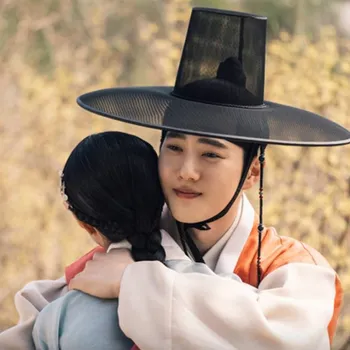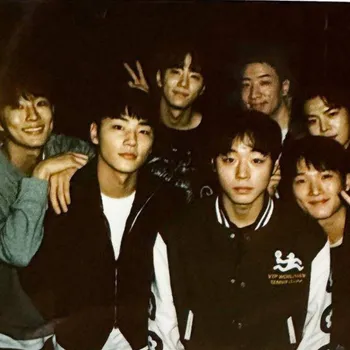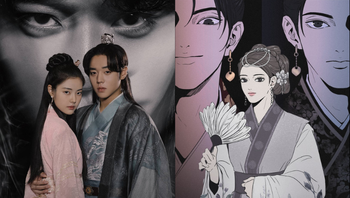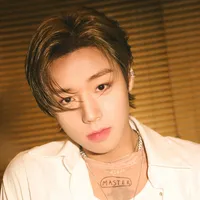
"Solo Levelling" by DUBU(REDICE STUDIO), DISCIPLES(REDICE STUDIO), Chugong, h-goon on Tappytoon / "Wind Breaker" by Yongseok Jo on Naver Webtoon / "Island" by Inwan Youn , Kyungil Yang on Naver Webtoon
So, you've fallen into the spiraling vortex of Korean webtoons and can't get out. Well, you've come to the right place! Whether you got curious about manhwa (the Korean word for "comics") from webtoon-based K-Dramas, naturally transitioned from other comics like manga (Japanese) and manhua (Chinese) to try something new, or just happened to stumble upon this wondrous world by chance, we've got the perfect guide for you.
Keep reading to learn more about how to access Korean webtoons, where you can find official translations, how to keep up with updates, tips for beginners, and much more.
Note: Links to mentioned webtoons are provided wherever possible.
Let's get started!
1. The History Of Manhwa
Manhwa, derived from the Chinese term 'manhua', refers to comics created by Korean authors or in South Korea. While manhwa is generally used as a term synonymous with Korean webtoons in recent times, it is more appropriately an umbrella term to refer to all Korean comics - in print or otherwise. Korean webtoons, which are digital comics, can be considered a type of manhwa.
While it is hard to point out the beginning, the major boom of comics in Asia started with the influence of American comics. First, it reached Japan, then traveled to Hong Kong, Taiwan, and eventually Korea. Essentially, through an initial globalization from America in the West to reverse globalization from Japan in the East, comics have become one of the most popular art forms in the world today. While some experts suggest that there are few stylistic differences between manga and manhwa, others assert that t
Enjoy full access for just $1
Join over 10,000 active members!
🌟 Special Contents for Subscribers












